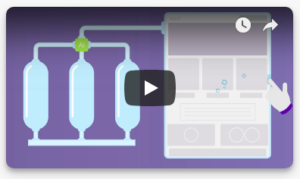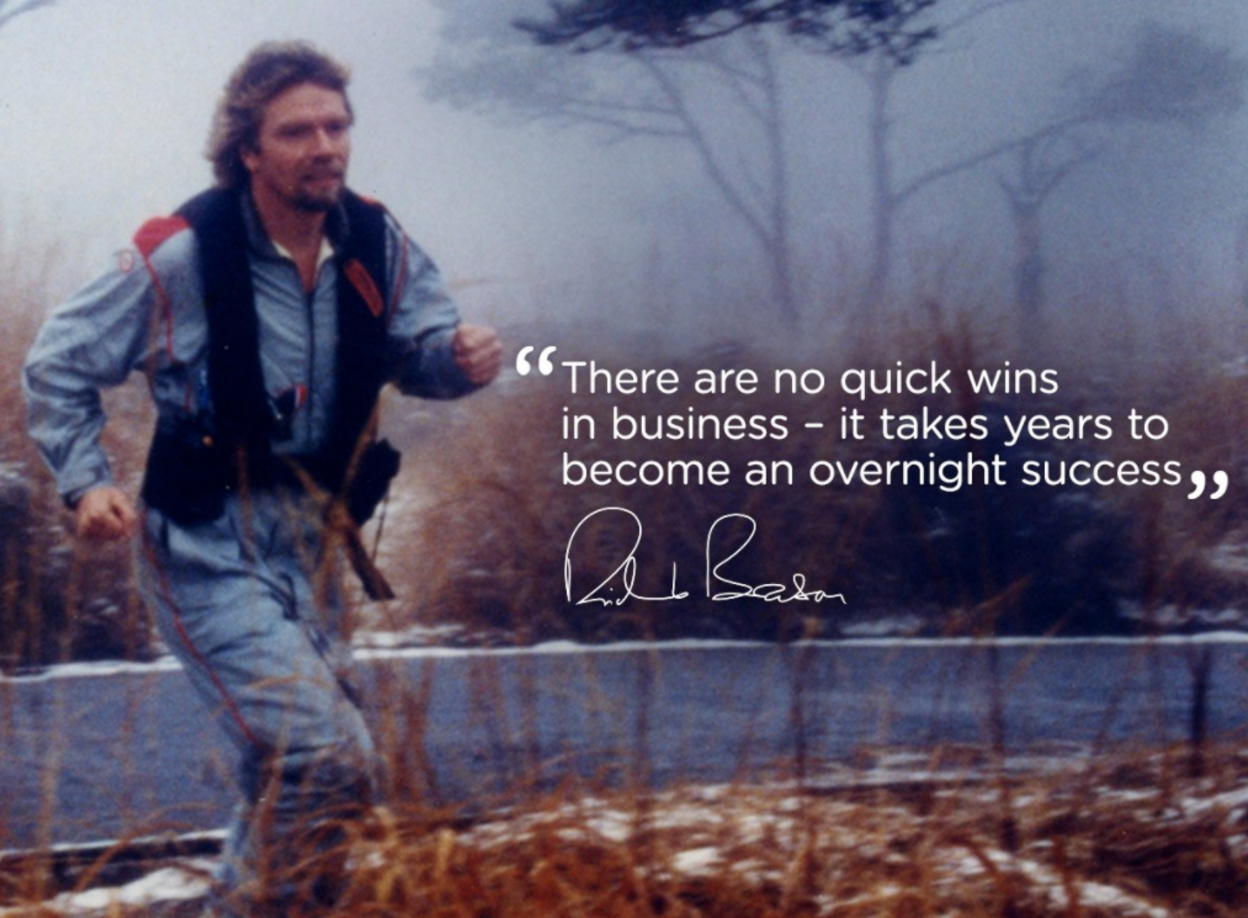How “Quick Win” Conversion Rate Optimization Slowly Kills Your Website and Brand
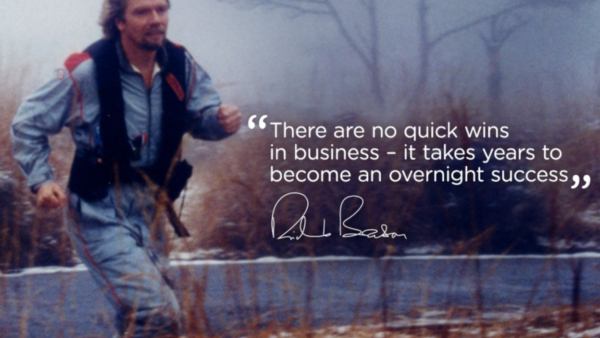
What’s the ideal time for you to transition your visitors from message to action?
As fast as possible, right?
That seems to be the prevalent belief of modern marketers, and the underlying reason for the rise of growth hacking.
Growth hacking has quickly become the darling of digital marketers, and with good reason.
On the surface, it promises shortcuts to increased traffic, quick steps to improve conversions, and small actions that can produce huge results.
And not surprisingly brands, entrepreneurs and marketers have also jumped on the concept. It’s a sexy term which encapsulates what we all want, great results from little to no effort.
Check out how Google search volume for the term has changed over time.
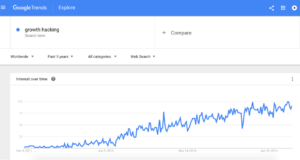
Growth hacking has seen an exponential growth in interest over the last five years and spawned the career of growth hackers worldwide during that time.
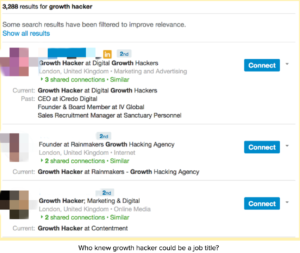
What’s most interesting is the fervent belief these marketers hold for their beloved career choice. They’ll create articles which defend “Quick Win” tactics as an incredibly powerful, easy way to get more results out of your efforts.
But there’s a problem with the “tactic” of growth hacking. At best the term is misleading, and worse, damaging to the future of your brand.
The problem is growth hacking has taken on this user base which believes it’s about quickly gaining results with small changes. But Sean Ellis, the man who coined the term, offers a completely different definition:
“Growth hacking is about running smart experiments to drive growth within your business. Marketing is about experimentation to move growth as well,” says Sean. “The problem is that marketing is also about a lot of other things.” (source)
The problem lies in readers believing growth hacking is about using nothing but quick win tactics to build a better brand.
The truth is, relying solely on quick wins for incredible long-term growth rarely yields fruitful results.
Is there such a thing as CRO quick wins?
In a nutshell, yes.
We’re not disputing that there are ways to get a quick win with your CRO.
However, we’re saying that it’s not a sustainable long-term strategy.
The quick wins you read about are nothing more than a band-aid for a bad website. It’s true, these strategies may help a bad site convert better – but only slightly, and never for long.
In very recent CRO history there was a prevalent belief that using orange for your CTA buttons would drastically increase conversions. Certain thought leadership sites called it the BOB (big orange button) and claimed it worked because it was similar to Amazon.
Another CRO quick win strategy is to remove all image sliders from your website.
And sure, there’s an element of truth to these tactics.
-
- Amazon is the world’s largest converting marketplace so copying their CTA button creates familiarity.
- Image sliders hide content from readers creating potential usability and navigation issues.
What further muddies the water is how there are studies supporting these quick win claims.
For example, an article from Smriti Chawla “Killing Two Birds With One Stone” references a Notre Dame University study which corroborates the removal of image sliders.
According to that piece they claim slow site speed is bad for SEO and have a terrible conversion rate of 1%. Additionally, 85% of the people who do click also only click on the image at position number one in the carousel.
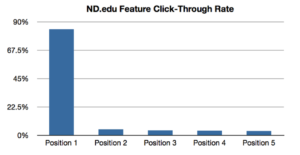
Looks great, right?
All the statistics point to the aforementioned quick wins being absolutely awesome for your site and conversion rates.
But come on.
You’re smarter than that.
You know that the initial lift you see after making those changes is going to be as good as it gets.
Truth is, the long-term benefits of these tactics are small and limited in scope. They offer little in the way of growth on their own.
That initial increase you see will be the plateau of your gains, and any quick wins that result in growth are not sustainable over time and will quickly fade.
Quick wins are the strategy equivalent of vanity metrics. They boost your ego in the short term because everything looks like it’s going the right way. But they offer diminishing returns.
And if you fail to understand that quick wins are not the best way to continually improve your conversion rates, then it’s going to leave you and your brand behind your competitors.
If the quick win strategy for growth hacking is a facade, how do you guarantee long-term growth?
Long-term optimization is the result of one thing only – through iterative improvement based on your audience’s actions.
As we discussed, a quick win strategy is a short term tweak that may improve your conversions now, but is limited in its potential for long-term growth.
A 5% lift for the next week is great, but a 5% lift for the next year is better. The problem is, you’re never going to achieve that long-term success from a single change.
Audience habits, industry developments and UX improvements are going to change the way users interact with your site.
The best way to improve your website is to implement a program of iterative changes based on your audience’s actions.
You’ve got to examine your audience’s on site actions and to understand where they’re going, what they’re doing and why.
Watch long and closely enough and you’ll see patterns. You’ll see patterns that corroborate the removal of image sliders, but you’ll also see patterns that highlight further optimisation actions you should be taking. You’ll also notice that those patterns will change with time.
To put it into perspective just look through some of the quick wins advised by some of the industry’s leading experts. Sid from Lemonstand has created a round up list of top advice from some of the industry’s most respected CROs.
These experts advise:
-
- Motivate Your Users – Andy Morys, Web Arts
-
- Run Iterative Tests – Luiz Centenaro, Experiment Engine
-
- Use Local Currencies – Talia Wolf, Conversioner
-
- Build Trust and Aleve Anxiety, Bobby Hewitt, Creative Thirst
- Be Transparent About Shipping Costs – Jeremy Smith, Jeremy Said
Notice anything?
Of the 5 experts cited in the article, only one (Talia Wolf) is describing what most would call a quick win.
Talia’s advice is logical and beneficial, but is the only piece that is indeed a quick win. Listing your price in the local currency shouldn’t take long to implement and will help increase conversions with that audience.
But once that’s done, you’re going to have to look at optimising the page to continually improve conversions. You’re going to need to monitor user actions and habits to see exactly how they interact with your site and what it is you can do to further improve conversions.
All the other experts are offering advice that stresses the long game. Their quick wins are ones that require constant improvement based on ongoing improvement through data analysis.
If it Seems Too Good to be True…
Then it probably is.
If someone is offering a quick way to achieve success ask why, if it’s so simple, don’t more businesses accomplish it the way being offered?
Too many gurus, “thought leaders”, and “authority figures” are pushing the quick win technique, not because it’s a great strategy, but because it’s sexy. It’s a term they know will get exposure and shares, one which they know will make them appear like miracle workers thus strengthening their authority and brand.
But these quick wins don’t do much in the way of sustainable growth.
To make real growth possible, you need to take the long-view approach.
Truthfully, there is no silver bullet you have in your arsenal to grow your conversions any more quickly than it’s going to take.
Quick wins can work in the short term, they’re just not a substitute for long-term tactics and continued iterative improvement.
Don’t be so fast to abandon that time-tested standard: hard work.
Yup, in spite of what you read and hear, old-fashioned elbow grease is the best way to guarantee your growth over the long-term.
As Neil Patel of QuickSprout writes:
“This process is not easy. It will take time; it will take work; and it will take a lot of testing. But it will be worth it.” (source)
Small gains from quick wins can seem important, they can make it appear you’ve found an easy way to grow your brand and improve your conversions. That is, until you realize that the growth you’ve experienced has plateaued and stalled.
CRO is a process, not a quick fix. It’s a process built on hard work through data collection, analysis, and iterative improvements over the long-haul.
To get sustainable growth, one built on data-driven analysis and experimentation, you need to implement a long-term strategy of growth. It can be a lot of work, but a process that is well worth it.
—
Reactful’s AI-driven approach will make your data analysis easier, more clear, and show you the path to long-term, sustainable growth.
Learn more about our product.
